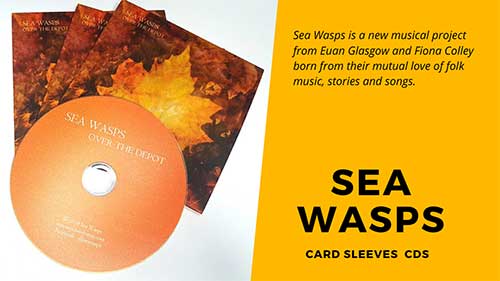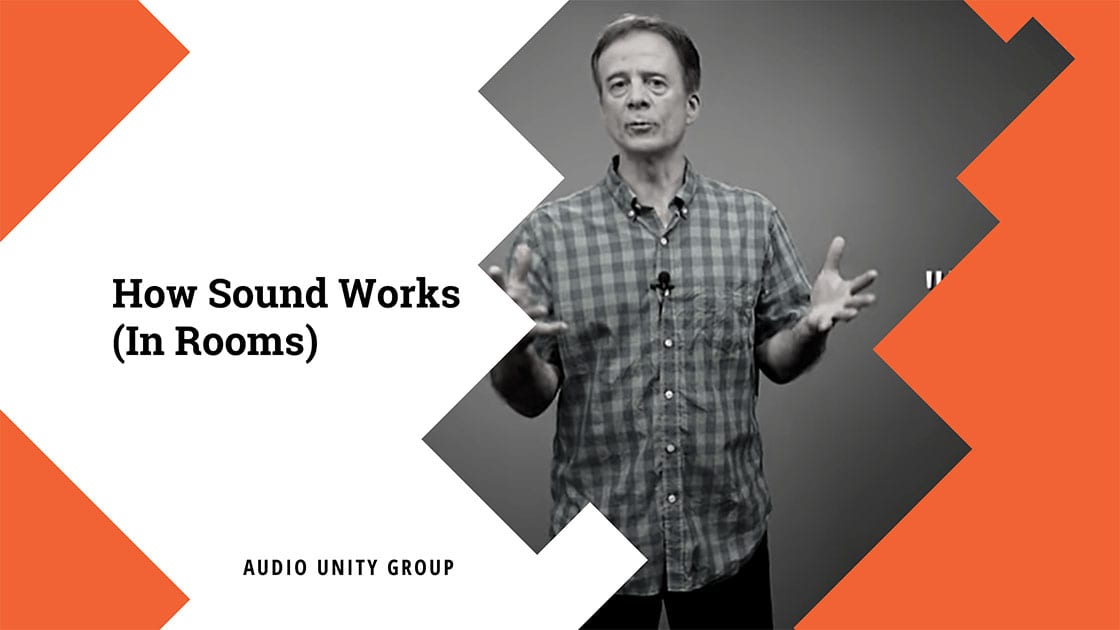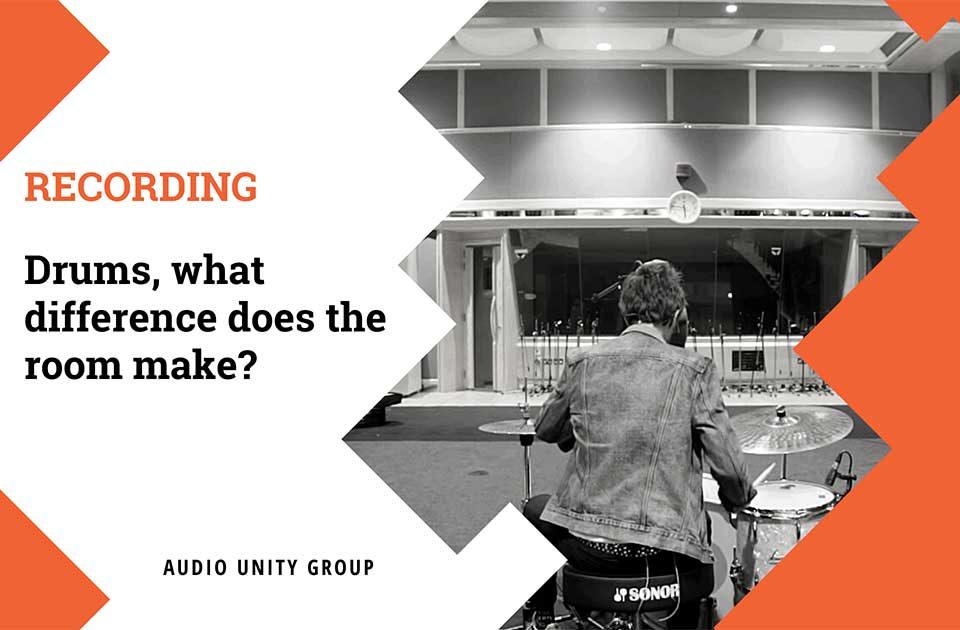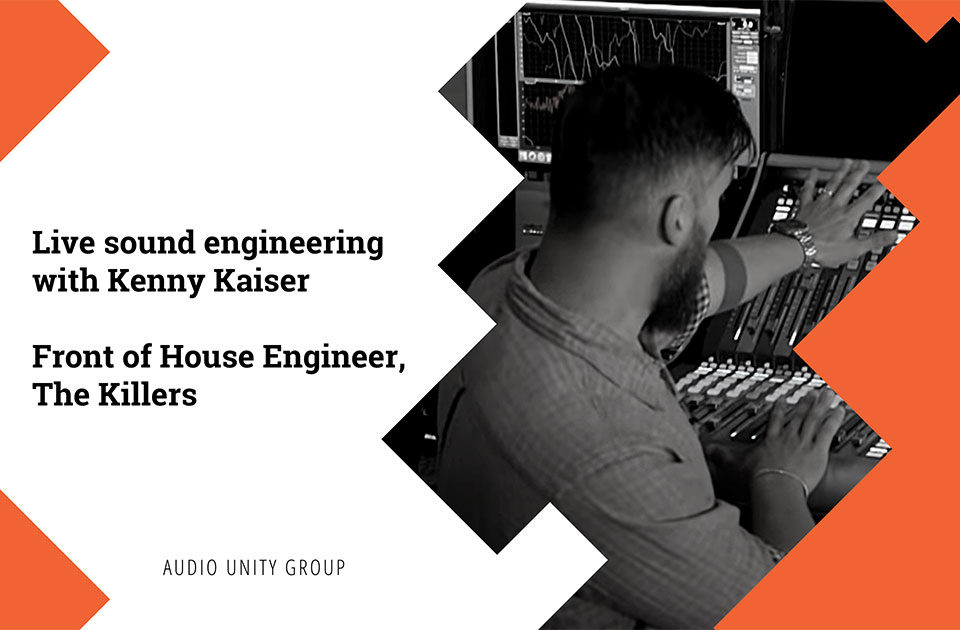
What Audio Mastering Won’t do for Your Music
October 24, 2019
Card sleeves – Sea Wasps
December 10, 2019How Sound Works (In Rooms)
Acoustic Geometry shows how sound works in rooms using Nerf Disc guns, 1130 feet of fluorescent green string, and Moiré patterns, and a before-and-after example.
Transcription
[00:00:08.390]
Hi. I’m John Calder of Acoustic Geometry. Let’s talk about acoustics, which is basically how sound works in rooms. It may seem complicated, so let’s make it simpler. Most rooms have flat walls and flat ceilings and sound bounces off of these.
[00:00:24.880]
So how does that affect the sound? I’ll use these two Nerf guns to demonstrate. I’ve got this one aimed. So this disc goes directly to the ear that represents direct sound. I’ve got this one aimed so that disc bounces off the wall and it represents reflected sound.
[00:00:41.760]
I’ll shoot them both at the same time. Reflected sound arrives at our ears later than direct sound, even though it started out at the same time because it’s travelling farther and this wall is only one flat surface. There are at least six in the average room, and that’s a lot of reflected sound. But why is reflected sounds bad? I’ll demonstrate using these two identical patterns.
[00:01:04.650]
The blue pattern represents direct sound waves, and the red pattern represents reflected sound waves. They start out together. But when I move the red one backwards like a delayed sound reflection, it creates destructive interference patterns, which changes the original sound wave. Here’s the problem. Original sound waves are distorted by strong, later arriving reflections.
[00:01:26.970]
Also, sound travels really fast. About one 130ft/second. A sound wave will bounce back and forth between these two walls about 60 times in 1 second. Sound travels so fast it fills a room almost instantly. And this is only one bounce angle.
[00:01:45.050]
Every room has thousands.
[00:01:49.690]
How can we make our room sound better? Remember our Nerf guns. I’ll shoot these at the same time again, representing a sound wave bouncing off a wall. Both discs bounce together in the same direction, which means the reflected sound is at full strength. Now, let’s use the first of our two acoustical tools, an absorber to reduce the strength of sound bounces to a sound wave.
[00:02:13.750]
An absorber looks a little like a hole in the wall, so some of the energy doesn’t come back. An absorber works by reducing the strength of reflected sounds that would otherwise cause more destructive interference. But if we use only absorbers in a room, it makes it sound dull and unnatural. Historically, humans don’t like overly absorbent rooms, so let’s use the second of our two acoustical tools, the curved surface diffuser. It also reduces the strength of sound bounces.
[00:02:41.380]
A diffuser works by scattering the sound reflections in different directions, smoothing out destructive interferences throughout the room. Room acoustics are greatly improved using a combination of absorption and diffusion.
[00:03:15.110]
It’s all about reducing those flat surface reflections. Use a combination of absorbers and diffusers, and your room will sound a lot more natural. Thanks for watching you.
Download FREE pdf
mastering chain cheat sheet
Use this 10 step mastering chain sheet to improve your mastering processes and to make sure you do right things at the right time!
DOWNLOAD PDF
Hey I’m Tom, I’m a mastering engineer here at Audio Unity Group. I mostly look after Vinyl production and audio side of things. I hold a bachelor’s degree with honours from Kingston University in London. I love audio and helping others create outstanding-sounding records.












